Indy vs. Honeybook
Indy offers a richer, more flexible project management suite at unbeatable pricing, making it the best and most affordable HoneyBook alternative for your business.

Why choose Indy over HoneyBook?
Indy and HoneyBook are both all-in-one project management software designed to make it easy for you to manage your entire business in one place. Dive into the chart below to see how Indy shines as a HoneyBook alternative.
Free plan
Pro plan
$25/month
(Pro plan)
(Pro plan)
$39/month
(Annual plan)
(Annual plan)
Automated workflows
(Pro plan)
Zapier integration
(Pro plan)
Intuitive user interface
Client portal
(Pro plan)
Real-time chats
Dashboard insights
Contract management
Edit contracts
Custom fonts & branding
(Pro plan)
Electronic signatures
File storage and sharing
Embed forms
Billing & Invoicing
Accept flexible payment options
Recurring invoices
(Pro plan)
PayPal and Stripe integrations
Automatic time tracking
Kanban boards
Tags and Milestones for tasks
Organize tasks by priority
Proposal management
White labeling
(Pro plan)
Embed music, social media profiles, and Pinterest moodboards in proposals
Unsplash integration for designing proposals
Scheduling integration in proposals
Educational courses for freelancers
Collaborative network for freelancers
Indy vs Honeybook: How We Compare
As you can see from the chart, Indy and Honeybook have a robust tool suite that helps you onboard new clients, manage projects, and collect payments. Although, there are important features missing from Honeybook that freelancers need to have more control over their businesses. Let’s break down these differences in more detail.
01
Comparing the Similarities
Indy and Honeybook both feature easy-to-use management tools that let you create and send proposals, contracts, forms, and invoices, along with automatic time tracking and to-do lists. These tools can integrate with Zapier to create workflow automations that automate the repetitive tasks and cut your work time in half. Besides creating powerful workflow automations, Zapier lets you connect Indy and Honeybook to 1,000+ of your favorite apps, so that all your apps work even better together.
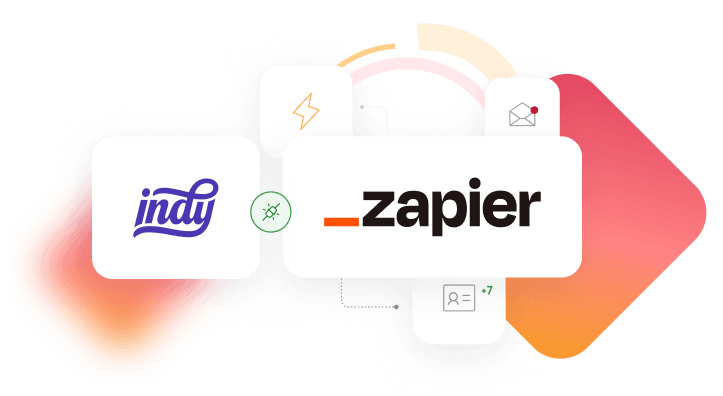
You can also accept payments directly through Indy and Honeybook with integrated payments for credit cards and bank transfers. You’ll even receive alerts so that you know the second a client pays an invoice.
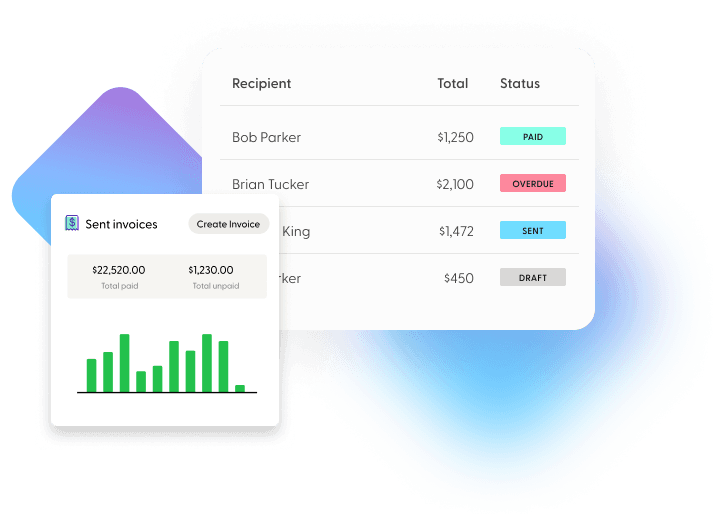
02
Weighing the Differences
While there are many similarities shared between Indy and Honeybook’s core tools, you’ll find some important differences when it comes to project management, payments, pricing, and file sharing. For starters, Indy provides a richer project management experience with Kanban boards, automatic time tracking available for desktop, and no file size limits, making it a more robust system for managing bigger projects and balancing multiple client workloads.
You can also break down projects into smaller milestones, rearrange to-do lists with drag-and-drop ease, and add tags to set priorities for tasks.
You can also break down projects into smaller milestones, rearrange to-do lists with drag-and-drop ease, and add tags to set priorities for tasks.
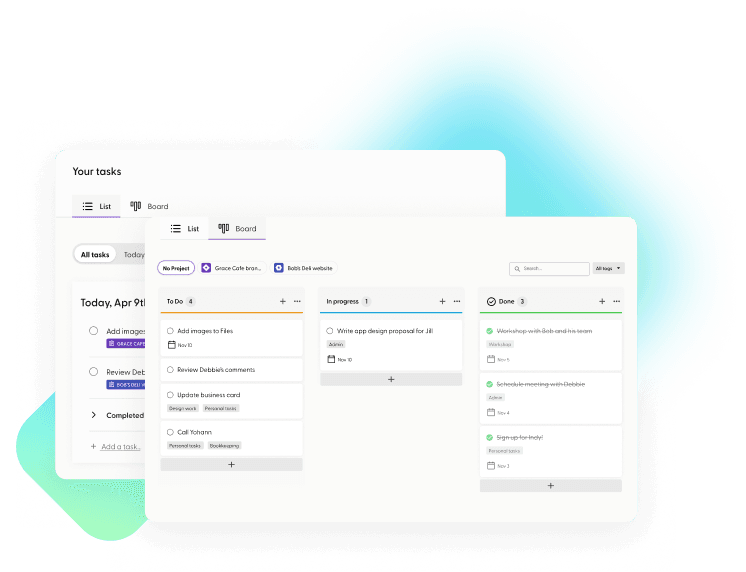
While both Indy and Honeybook provide integrated payments, only Indy will allow you to accept payments from PayPal, Stripe, and Zelle, giving your clients more flexible ways to pay you.
And finally, the biggest reason to choose Indy comes down to its incredible value at a low price. While both Indy and Honeybook have powerful workflow automations, Honeybook’s automated workflows can only be found on their higher-priced plan of $39/month, meaning you can get access to automations and Zapier integration for a fraction of the price with Indy!
And finally, the biggest reason to choose Indy comes down to its incredible value at a low price. While both Indy and Honeybook have powerful workflow automations, Honeybook’s automated workflows can only be found on their higher-priced plan of $39/month, meaning you can get access to automations and Zapier integration for a fraction of the price with Indy!
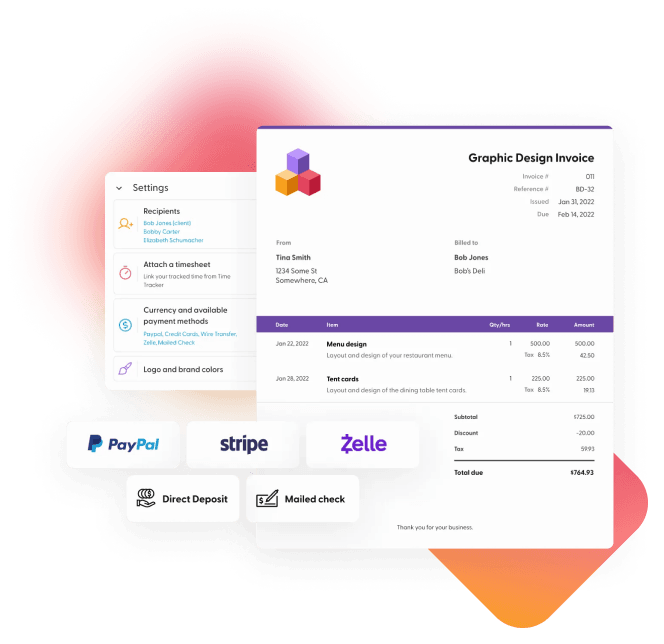
Why you should choose Indy?
Affordable
pricing
pricing
You have a lot of expenses. We believe the tools you use shouldn’t have to break the bank. Not only is Indy one of the few project management software that offers a robust Free plan, but Indy Pro is also available for a fraction of Honeybook’s pricing.
Easy-to-use
tools
tools
Nobody has time to learn new software. Indy’s incredibly simple user interface means there is virtually no learning curve to using Indy’s tool suite, so you can start working the minute you sign up.
Powerful task management
It can be challenging to manage a client’s project if you don’t have the proper tools to help you organize and track the workload. While Honeybook offers to-do lists, Indy has both to-do lists and Kanban boards that make it simple to handle any project a client sends your way.
Ensuring your
growth
growth
Indy provides educational courses through Indy University that teach you how to become a freelancer and overcome any challenges along the way. And with the Indy Community, you can network with other creatives to collaborate on projects and even gain new clients from referrals.
What do freelancers say about Indy?
Indy received a 4.7/5 on Capterra for being easy to use and the best value for freelancers.

Designed from the ground up for freelancers.
Get started now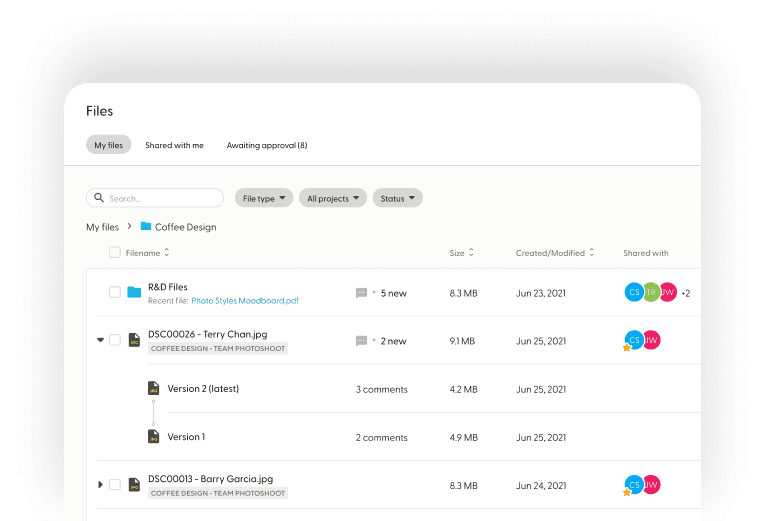
What is
Indy?
Indy is a powerful HoneyBook alternative that empowers freelancers and small business owners to manage and grow their businesses—onboard clients, manage projects, sign contracts online, send invoices, and accept payments. It was designed from the ground up specifically for freelancers and small business owners, and its robust productivity tools have been fine-tuned to the needs of freelancers worldwide.
What is
Honeybook?
HoneyBook software is a project management tool that helps independent workers and small businesses with client and project management, expense tracking, and invoicing. Its productivity tools are aimed at small business owners who want to organize and manage their businesses. It also includes several features for accounting and client CRM, which has led HoneyBook’s pricing to be higher than average.